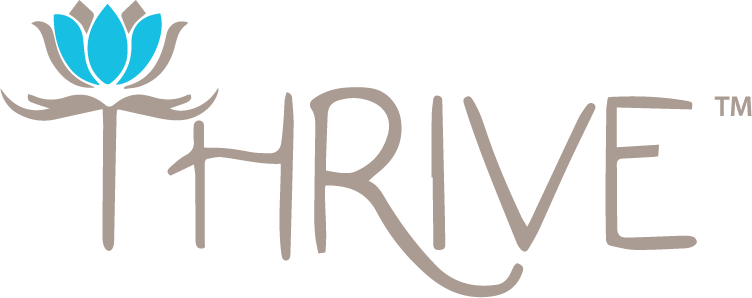Mindfully Detox Your Life
“Respect yourself enough to walk away from anything that no longer serves you, grows you, or makes you happy.” – Robert Tew
Detoxing is not solely related to nutrition.
The act of mindfully detoxing should involve all aspects of your life. From letting go of what no longer serves you, to creating space for more things that bring joy into your life – mindfully detoxing your life is a wonderful act of self-respect. There are many ways to create space for renewal as you embrace this new decade with a healthier you.
Focus on one small area of each of these steps over the next month and you will be on your way!
Mental Detox: Mediation has such a profound effect on the body and mind.
Countless research studies support the value of meditation to reduce anxiety, improve sleep, slow aging, manage pain, reduce age-related memory loss, reduce blood pressure, and improve kindness. Even a brief 2-5 minutes practice can have a positive impact. We encourage you to start building a meditation practice during the Detox Program. If you already meditate, take it to the next level. Mediation can take place as a meditation class, a self-practice, or a meditative walk. There is a meditation style that can suit everyone. Give yourself permission to take a pause, create space for stillness, to dive into yourself, and to recharge. The more we meditate, the more clarity we have in our lives.
Movement Detox: Get your body moving through yoga, a meditative walk, or other forms of mindful movement.
When we move, we release endorphins and this brings us joy. Movement is a great way to get a burst of energy and mindful movement allows us to release stress. We don’t need to be sweating to be detoxing, the intention of the movement is what makes it a mindful movement detox. While you’re moving, reflect on how your body feels, your mood, and notice how your body and mind feel afterward.
During the first 2 weeks of the Detox Program, you may not feel like doing any type of strenuous exercise.
That is OK! Your body is working overtime as you are processing possibly years of bad habits, poor food choices, chemical products and physiologic stress. This is an ideal time to make gentle movement more of a priority than training for that race you want to do this Spring. Once you are feeling better, incorporating activities that allow you to sweat will utilize your body’s built-in mechanism to detox!
Journaling Detox : Writing in a journal is a powerful way to do self-study.
It helps you to process your experiences and gain greater insight. If you have never done this, you will find this can be a powerful tool.
Write down your accomplishments and challenges. Allow yourself to write freely without judgment, letting your creativity flow onto the page and allow your stress to flow from your body into your writing. Journaling gives us the space to say things “out loud” that we’ve been holding in, things that we are struggling with or that give us anxiety. The practice of journaling gives us a sense of release and renewal
Use your journal to ask the following questions about yourself and try to write something in your journal for the remainder of the Detox period. After you have completed the program go back and read your comments. You will be amazed at what your comments teach you about yourself.
Questions to answer in your journal;
- What are you grateful for in your life?
- What physiologic signs do I already see changing in my body?
- What have I eliminated that I feel I cannot do without and why?
- What foods do I crave? Is there an acceptable food I can eat instead?
- What has been the hardest part of the detox? Why is this so hard for me?
- What was my intention for doing the detox? How will I use what I have learned to come out of the 30-day period better than I entered it?
Personal Life Detox: This one addresses your relationships and more importantly the ones that are not serving you.
The people we surround ourselves with are the biggest influence on our behavior, attitudes, and results. Jim Rohn, motivational speaker said, “You are the average of the five people you spend the most time with”. The people you spend the most time with shape who you are. They determine what conversations dominate your attention. They affect which attitudes and behaviors you are regularly exposed. According to social psychologist Dr David McClelland of Harvard, the people you habitually associate with determining as much as 95% of your success or failure in life.
Think about your relationships – friends, family, co-workers, and neighbors, Surround yourself with supportive and positive people. Create the tribe you need to maintain your health goals.
Reflect on ways you can nurture relationships that need support. Have mindful conversations that allow you to practice forgiveness for yourself and this person, and create a space for healing.
Technology Detox: Social media is a hot topic right now.
For many people, being connected and immersed in the digital world is just a part of everyday life. According to research by the Nielsen Company, the average US adult spends around 11 hours each day listening to, watching, reading or interacting with media. This influx of social media and electronic device use is contributing to chronic stress, poor sleep, depression, and anxiety. It is hindering our face-to-face personal interactions. Unfortunately, it creates a culture of FOMO – fear of missing out. During the detox, we encourage you to be mindful of your technology usage and try to reduce the minutes you spend with devices. Some people find giving up their devices fairly easy. Others will find it much more difficult and even anxiety-provoking at times.
There are some things that you can do to ensure that your digital detox is more successful:
- Let your friends and family know that you are on a digital detox and ask for their help and support
- Do your best to turn your phone on silent when you’re with others
- Find ways to stay distracted and keep other activities on hand
- Delete social media apps from your phone to reduce temptation and easy access
- Try getting out of the house; go to dinner with friends or go for a walk when you are tempted to use your device
- Keep a journal to track your progress and write down your thoughts about the experience
[maxbutton id=”4″ url=”https://thrivecarolinas.com/dr-af/monday-motivation-detox-your-life/” text=”Monday Motivation: Detox Your Life” ]
Household Detox: Use the resources attached in the manual to start to replace toxic cleaning and hygiene/skincare products with healthier options.
- Clean your air – use HEPA filters
- Clean your water – install filtration systems. Avoid plastic water bottles
- Buy clean food – buy local and organic when possible. Think “Clean 15”
- Buy clean body products – don’t put anything on your skin you wouldn’t eat!
- Buy clean household cleaners — or use DIY cleaning products
Closet Detox: While many people associate her method with tidying, it’s really about discarding items that lack value and no longer bring you joy.
Purging and decluttering received a lot of attention from Marie Kondo with her bestselling book, The Life-Changing Magic of Tidying Up. You may not feel as motivated to tackle this one during the Detox Program, but detoxing your closet and home overall is a valuable part of detoxing your life.
When you’re going through your closet, reflect on each item and ask yourself if it brings you joy. Keep the things that have sentimental value and organize the things you use the most to be easily accessible. When you declutter, you feel a sense of accomplishment. Then, donate the items you wish to get rid of, the things you aren’t using can be helpful for someone else.
6 steps of the “KonMari Method “(Marie Kondo Method)
- Commit yourself to tidying up
- Imagine your ideal lifestyle
- Finish discarding first. Before getting rid of items, sincerely thank each item for serving its purpose
- Tidy by category, not location
- Follow the right order
- Ask yourself if it sparks joy
5 Categories include
- Clothes
- Books
- Papers
- Komono (a.k.a. Miscellaneous items)
- Sentimental items
“Do something today that your future self will thank you for. Our actions and decisions today will shape the way we will be living in the future.”

